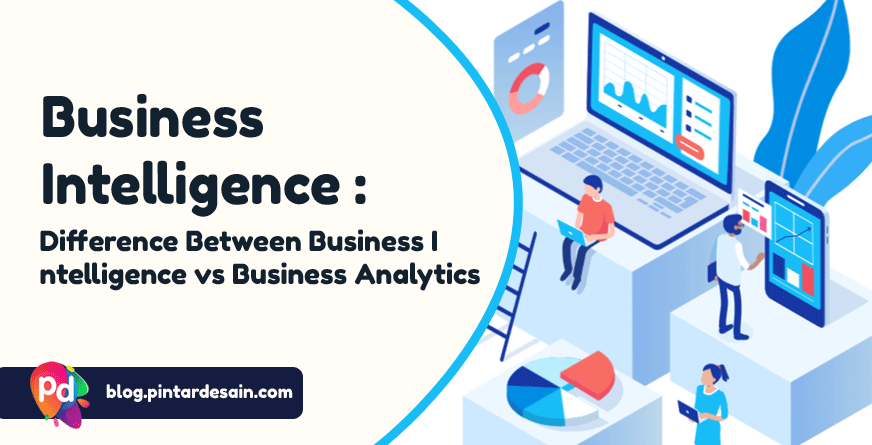In today’s digital age, data has become an integral part of business operations. Organizations of all sizes are generating vast amounts of data every day, and to derive insights from this data, they are increasingly relying on two powerful tools: Business Intelligence (BI) and Business Analytics (BA). While these two terms are often used interchangeably, they are not the same thing. In this article, we will explore the key differences between Business Intelligence and Business Analytics.
What Is Business Intelligence (BI)
Business Intelligence (BI) refers to the process of collecting, integrating, analyzing, and presenting data in a way that enables business decision-makers to make informed decisions. BI typically involves extracting data from various sources, transforming it into a format that is suitable for analysis, and presenting the data in the form of reports, dashboards, and visualizations.

BI focuses on historical data and aims to provide insights into what has happened in the past. BI tools are designed to help users identify trends, patterns, and anomalies in data, which can help organizations to optimize their business processes and operations. BI can be used to answer questions such as “How many units did we sell last month?” or “Which products are selling the most?”
What Is Business Analytics (BA)
Business Analytics (BA), on the other hand, is a more advanced form of BI. BA involves the use of statistical and mathematical techniques to analyze data, identify patterns, and make predictions about future outcomes. BA is forward-looking and aims to provide insights into what is likely to happen in the future, based on historical data.
BA can be used to answer questions such as “What will be our sales forecast for the next quarter?” or “What is the likelihood that a customer will churn?” BA tools are typically more complex than BI tools and require advanced analytical skills to use.
Key Differences
The main differences between BI and BA can be summarized as follows:
- Focus: BI focuses on historical data, while BA is forward-looking and aims to provide insights into future outcomes.
- Complexity: BA is more complex than BI and requires advanced analytical skills to use.
- Tools: BI tools are designed to help users identify trends, patterns, and anomalies in data, while BA tools involve the use of statistical and mathematical techniques to make predictions.
- Goals: The goal of BI is to optimize business processes and operations, while the goal of BA is to make predictions and inform strategic decision-making.
Business Intelligence and Business Analytics Comparison Table
Below is a comparison between Business Analytics and Business Intelligence.
| BASIS FORCOMPARISON | Business Intelligence | Business Analytics |
| Definition | Analyses past and present to drive current business needs | Analyses past data to drive current business |
| Usage | To run current business operations | To change business operations and improve productivity |
| Ease of Operations | For current business operations | For future business operations |
| Tools | SAP Business Objects, QlikSense, TIBCO, PowerBI etc., | Word processing, Google docs, MS Visio, MS Office Tools etc., |
| Applications | Apply to all large-scale companies to run current business operations | Applies to companies where future growth and productivity as its goal |
| Field | Comes under Business Analytics | Contains Data warehouse, information management etc., |
Conclusion
In conclusion, while Business Intelligence and Business Analytics are often used interchangeably, they are not the same thing. BI focuses on historical data and aims to provide insights into what has happened in the past, while BA is forward-looking and aims to provide insights into what is likely to happen in the future. Both BI and BA are essential tools for organizations looking to leverage their data to make informed decisions and optimize their business operations.
Read More : Business Intelligence Analyst Jobs Salary 2023